Mountaineer Colin O’Brady talks breaking two world records, keeping children active, and shows just how far the human body can be tested.
℘℘℘
On May 27th, Colin O’Brady was one of two people to summit Denali, Alaska’s highest peak and the highest point in North America. No one else on the mountain moved that day but his partner and him. The weather conditions were so bad that two hours before they reached the summit the pair were blown off their feet in 50-mile-per-hour winds. When they left their tents at base camp, they left to imperatives and questions: “What the hell are you guys doing?” “Get back in your tent!” The wind chill was at minus 60; it wasn’t just risky, it was dangerous and potentially fatal. O’Brady had slept in a proper bed one night in the previous month, summited Mount Everest only eight days prior, and was more mentally and physically tired than he had ever been in his life. He was also trying to break two mountaineering world records and had less than 24 hours to do so. So he climbed, in one of the worst days on Denali this season, to America’s highest summit, and broke them.
That day, O’Brady became the fastest person to ascend each of the highest peaks on all seven continents – Mt. Vinson (Antarctica, 16,054 ft.), Aconcagua (Argentina, 22,837 ft.), Kilimanjaro (Tanzania, 19,341 ft.), Carstensz Pyramid (Indonesia, 16, 024 ft.) Elbrus (Russia, 18,510 ft.), Everest (Nepal, 29,029 ft.), and Denali (U.S., 20,310 ft.) – and complete the Explorer’s Grand Slam, which involves all seven summits as well as reaching the north and south poles. (O’Brady actually summited eight mountains, including Mount Kosciuszko on the Australian mainland, because there is some debate in the mountaineering community over whether the Australian continent also includes the island of New Guinea, and he didn’t want there to be any dispute about his achievement.) In doing so, O’Brady became only the 43rd person to complete the challenge since Brit David Hempleman-Adams was the first in 1998, only the third to do it in less than a year, and the first to do it in less than six months.
I spoke with O’Brady, 31, one month to the day after he summited Denali. He’d been in Portland, Oregon, his home and hometown, just long enough to settle into fielding media requests, but still wasn’t entirely recovered. When I asked him about taking those final ten steps to the summit, he spoke in the casual tone of someone recalling a waking dream, as if he only half-believed he’d actually done it.
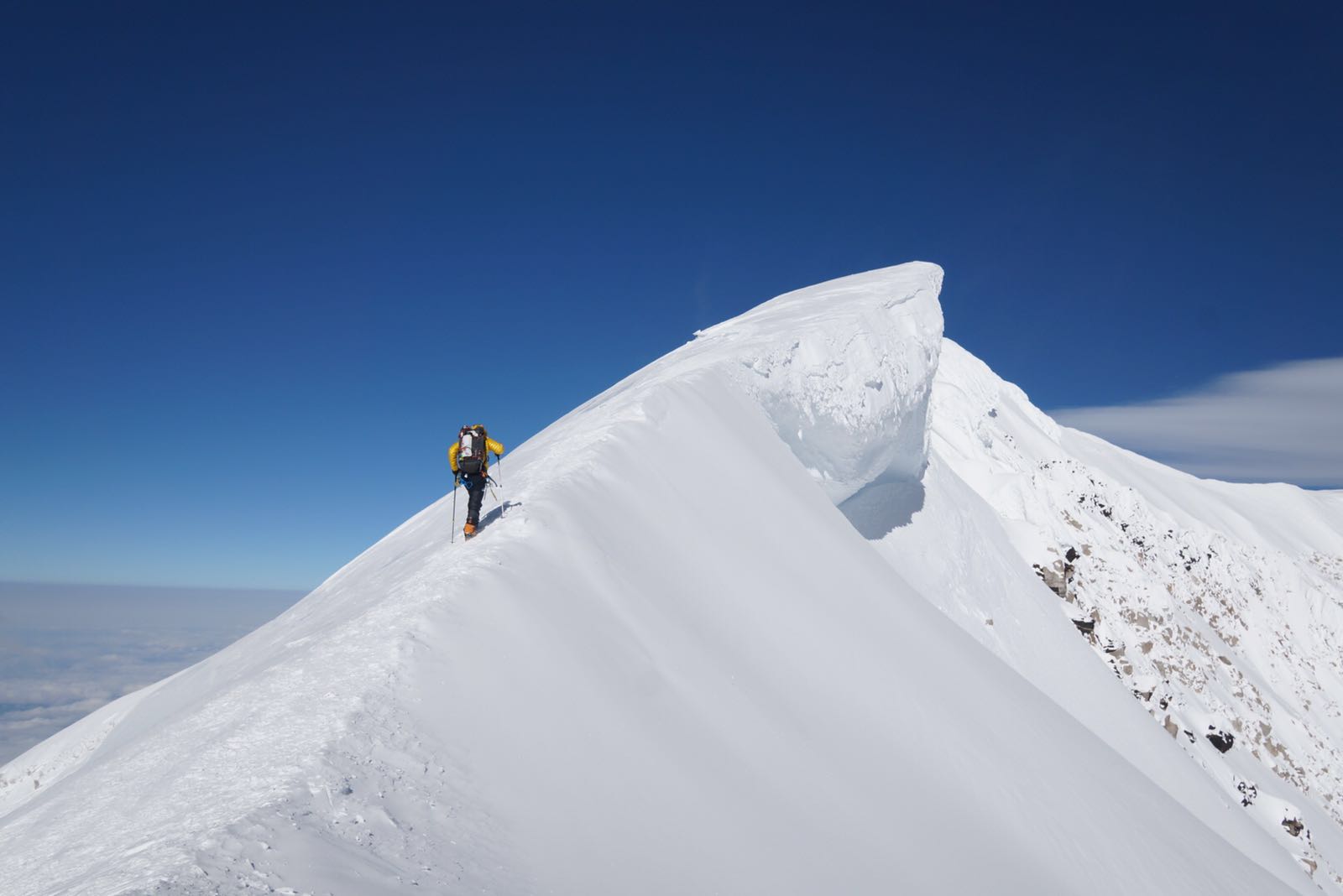
“It was an amazing feeling, but it just required digging so deep. Throughout the course of the entire project there were so many times when things got derailed, whether it was weather delays or I was exhausted or afraid of getting sick or injured, that there was this constant idea that I never could really believe I was actually going to do it,” he said.
“It literally wasn’t until I actually set foot on the top of the mountain that I thought, ‘We did it. We actually did it. This is amazing.’”
I had planned to ask him what a normal day has involved since returning to Portland, but it became clear he hasn’t had one yet, and that it might be more accurate to say that he hasn’t had an average day in about a year and a half, given all the diverse logistical planning and fundraising he and his fiancée and business partner, Jenna Besaw, did since first dreaming up the project in the fall of 2014. O’Brady had been a successful international triathlete, competing professionally for half a decade. From 2012 to 2014, Jenna traveled with him and helped manage his career and sponsorships. At one point, though O’Brady had owned a house in Portland since 2011, they calculated they had slept in a different bed once every three nights on the road, between the house, hotels, and airports. They summered in the northern hemisphere, usually Spain, and wintered in Australia, following the international triathlon circuit. By the time of his last race before the Grand Slam, the Ironman Japan in August 2015, he had competed in 25 countries across six continents.
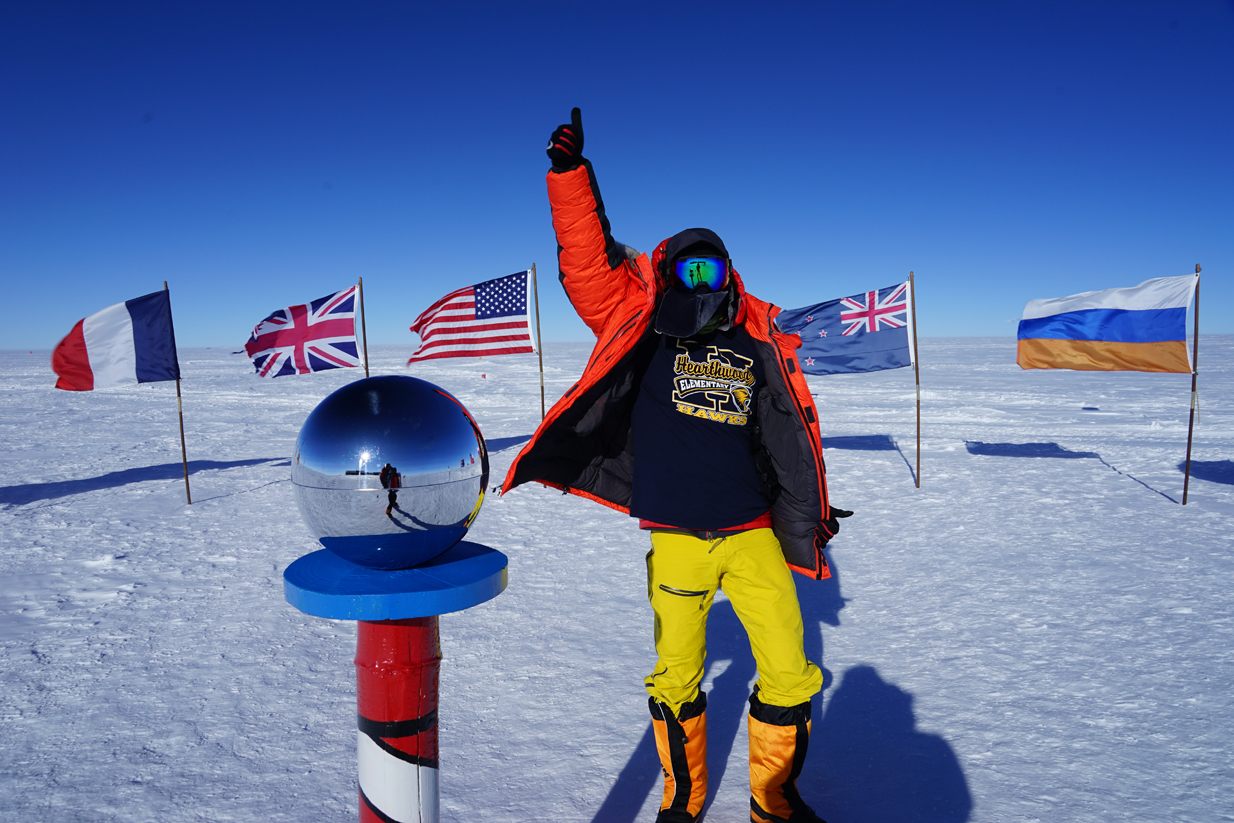
“It was a pretty full-on, global lifestyle, which certainly has a lot of cool upsides to it but at times can be very tiring,” O’Brady acknowledges. “I got to a point in my triathlon career where I was racing extremely well but got to a point where I was thinking, ‘This is great, but I wonder if we could do something with my professional athleticism that has a larger platform to it and gives back to the community in a meaningful way rather than just my own personal success or failure.’”
O’Brady, who had mentored and coached some elementary and middle school-age kids as a triathlete, wanted to build upon that work and gain a larger platform to expose kids to a healthier and more active lifestyle, like the one he had growing up in Portland.
“Colin was one of those kids with a lot of energy,” his mom, Eileen Brady, told me when we spoke in July. “When he was three years old, he did not understand why he could not climb on the roof of the house and jump off. We spent a lot of time trying to keep his feet on the ground. He was just in constant motion.”
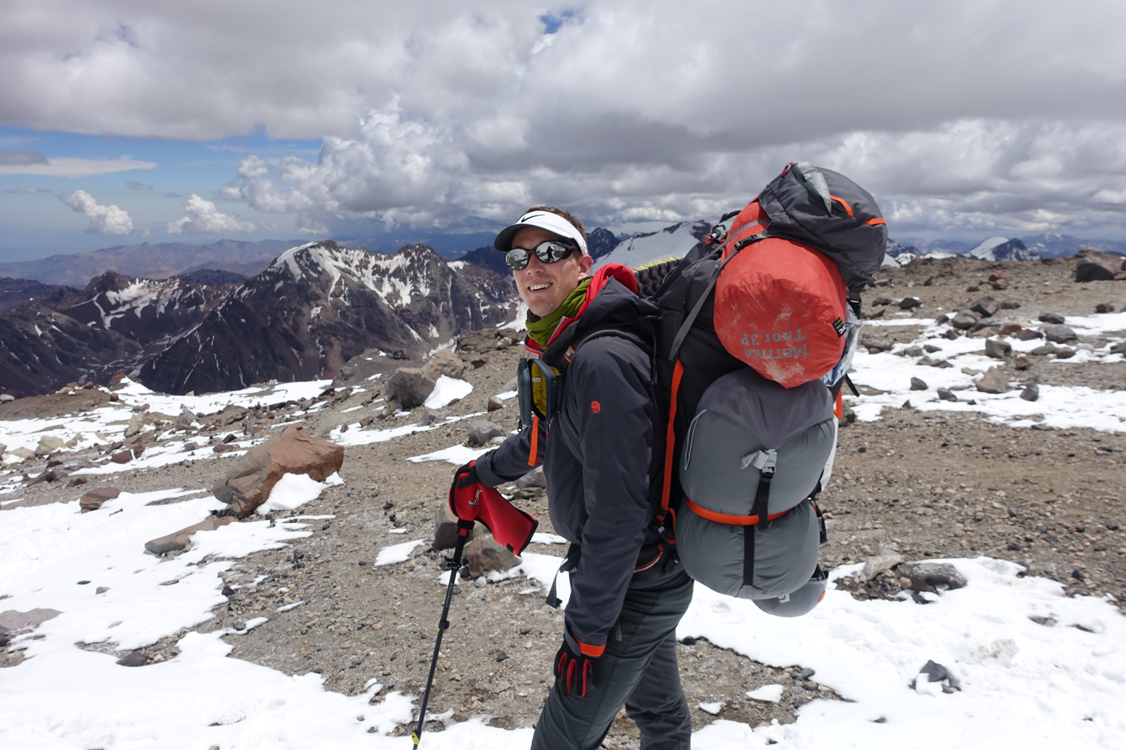
The outdoors were an integral part of his childhood, too. “We would put him on our backs even when he was a baby to go hiking on Mount Hood and we were always out camping with the kids,” Eileen says.
As he grew older, to appease his energy levels, the family would frequently head to the Cascades, and from a young age Colin and his older sister were taught to be self-reliant, carrying their own packs and gear on several mile long hikes, even as young as four or five.
His parents divorced when he was about ten (he still has a great relationship with both), and his dad and stepmother became organic farmers in Hawaii, where Colin would often spend the summers, and his mother and stepfather founded a chain of natural foods grocery stores in Portland.
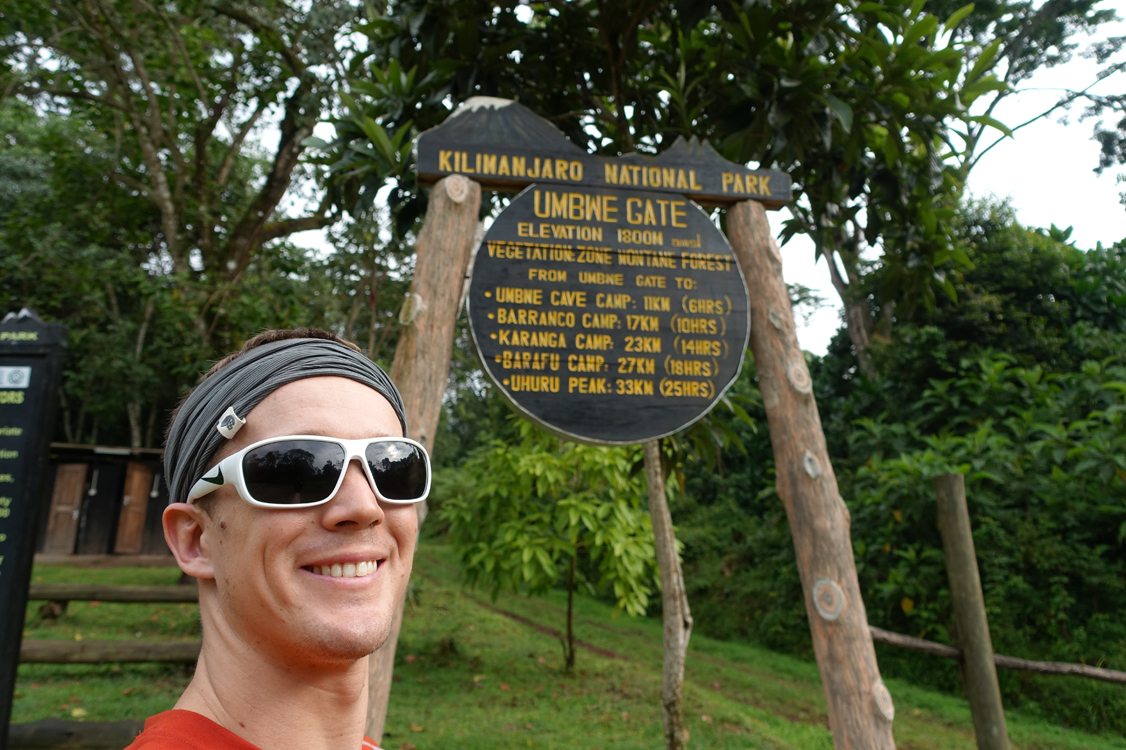
“The story of health and wellness and fitness and being outside was always a big part of my life,” Colin says.
“Unfortunately, a lot of kids don’t really have those role models necessarily. It’s a digital world, plugged into video games and eating crappy food, so I really wanted to do something to hopefully inspire not only health and wellness, but also this idea of goal setting and dreaming big.
“My project’s never been about telling kids, ‘Oh, look at me I’m such a crazy badass mountaineer. Look at all the mountains I’ve climbed and how awesome I am.’ It’s really about creating this universal narrative of ‘Hey, I’m doing this thing, but if I’m doing this, what can you do in your daily life?’ It doesn’t have to be ‘Go climb the tallest mountain in the world.’ It can be ‘What are you doing in your own back yard?’ or ‘What’s a goal? You’re a fifth grade kid; what’s your goal in your classroom today?’”
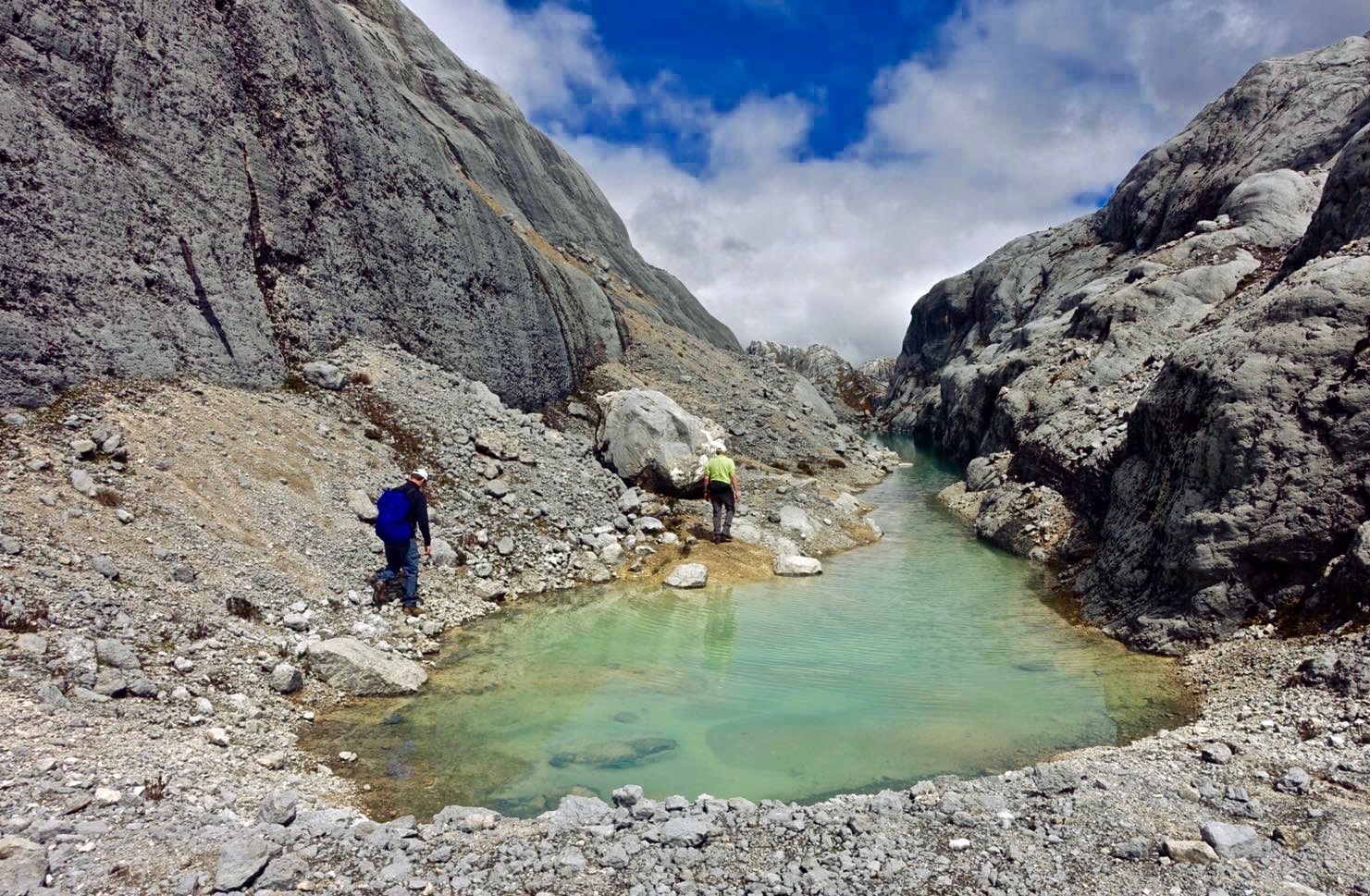
This is what it’s all about for O’Brady – activity and goals. He wants to increase P.E. and recess time in schools, extend the lunch hour for the youngest students, and promote healthier snack options in cafeterias and vending machines. To do that, he and Jenna formed their own non-profit, Beyond 7/2, (seven summits / two poles) and partnered with the Alliance for a Healthier Generation, an organization that works with 29,000 schools nation-wide that prioritizes all of the above, as well as physical after school programs and, because it is in part backed by former President Bill Clinton, has a seat at the larger table of national policy discussions with big corporations to reduce calories or curb the amount of unhealthy choices children have access to. Beyond 7/2 aims to raise one million dollars for the Alliance, using his world-record-breaking expedition as an entry point for fundraisers now that he’s back.
“We still have a fair ways to go to get there,” he says. “But that’s always been the plan – having me back and being able to retell this story also lends a gravitas and ability to share this more widely with respect to our fundraising efforts.” Before he left this past January, he spent time at local elementary schools in Portland talking to kids about the project, getting them and himself excited about the prospect. This fall he plans to do a national tour to promote the expedition and raise more awareness for the importance of healthy lifestyles from an early age.
Now that it’s done, it seems like it was always meant to be. But in the beginning, between the charitable side of the project, garnering sponsorships for him to do the expedition in the first place, and the training, it became full-time work. At times he feared Beyond 7/2 might never get off the ground.
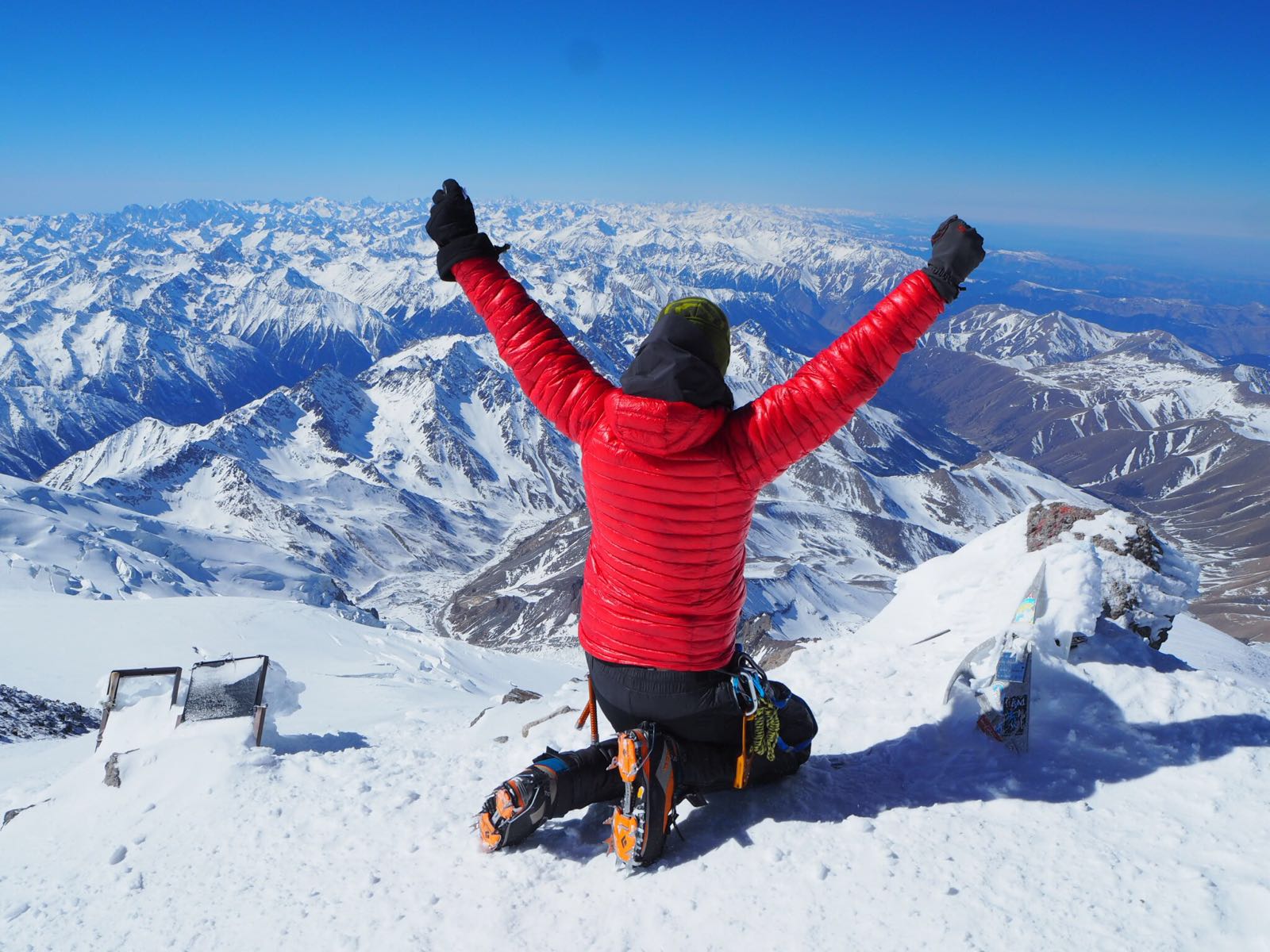
Early on, too, O’Brady remembers, Jenna asked him if he needed some extra help, offering to work a couple days a week on it. “By the first week though, she was like, ‘It looks like you need me to work seven days a week, 100 hours a week on this,” he laughs. “She really dove into this headfirst, far more than just the usual support of a partner or spouse. She’s just a great business mind, a really strategic thinker. There’s a zero percent chance any of this happens without her support.”
It paid off. Nike and Gelber signed on as early sponsors, with more outdoor and athletic companies joining. The partnership with the Alliance for a Healthier Generation was solidified. An itinerary was made. Flights were booked. On January 4, Colin was dropped off at the south 89th parallel with a couple other people. The landscape was bare, white, endless. The temperature was minus 40.
“The plane takes off and I had this thought of ‘Oh, now I just get to walk out there.’ After I’d been juggling all these different balls and a million different things, somehow that felt, I don’t want to say easier, but certainly way more linear or way more obvious, like, ‘All I need to do right now is drag this sled ten hours a day towards my goal.’ And that was comforting after all the crazy ups and downs of just getting to the start line.”
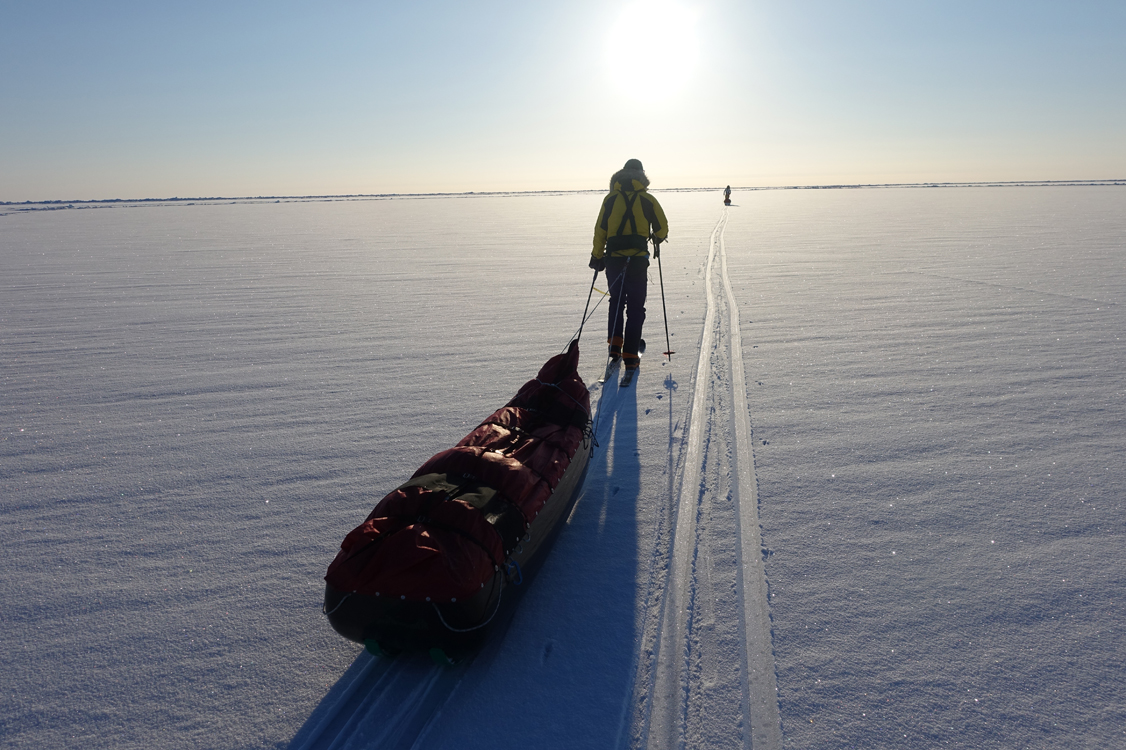
He reached the South Pole on January 10; 139 days later, he summited Denali.
Arguably, none of this would have been possible, or even conceivable, had O’Brady not experienced a tragic injury in 2008, just out of college. O’Brady went to Yale on a swimming scholarship, and studied economics with the intention of joining a Wall Street firm when he graduated. In between graduation and when he intended to get that job, though, he decided that he should take a break and travel the world, eventually making his way to a remote island beach in Thailand with his friend David. There, one night while eating dinner at a waterfront restaurant, the waiter came over with a long rope soaked in kerosene. It was something of a party trick and tourist rite-of-passage to jump rope with a flaming rope on the beach, so O’Brady gave it a shot. He slipped, and one of the ropes wrapped around his legs, throwing kerosene over the lower half of his body and igniting.
Miraculously, Colin had the presence of mind to run to the ocean to put the flames out. When he emerged, his lower body was covered in second- and third-degree burns. When David looked at him, he saw what he thought were Colin’s singed clothes tearing off of his body, but it turned out to be portions of his skin, his mother told me. He was rushed to the local hospital on the back of a moped and underwent eight surgeries in about as many days. David called his mother and she didn’t even wait 24 hours to decide to fly to Thailand. When she got there, Colin who initially thought he would be out in a couple days, had been told he might never walk again. Soon, he was medevac’d to a larger hospital in Bangkok, where he would spend the next several months, and Eileen was on the phone to doctors in Portland nearly every day. One of the things they told her was to keep his mind active, so they began to have discussions about life goals. That’s where the original idea to run a triathlon came from, he says.
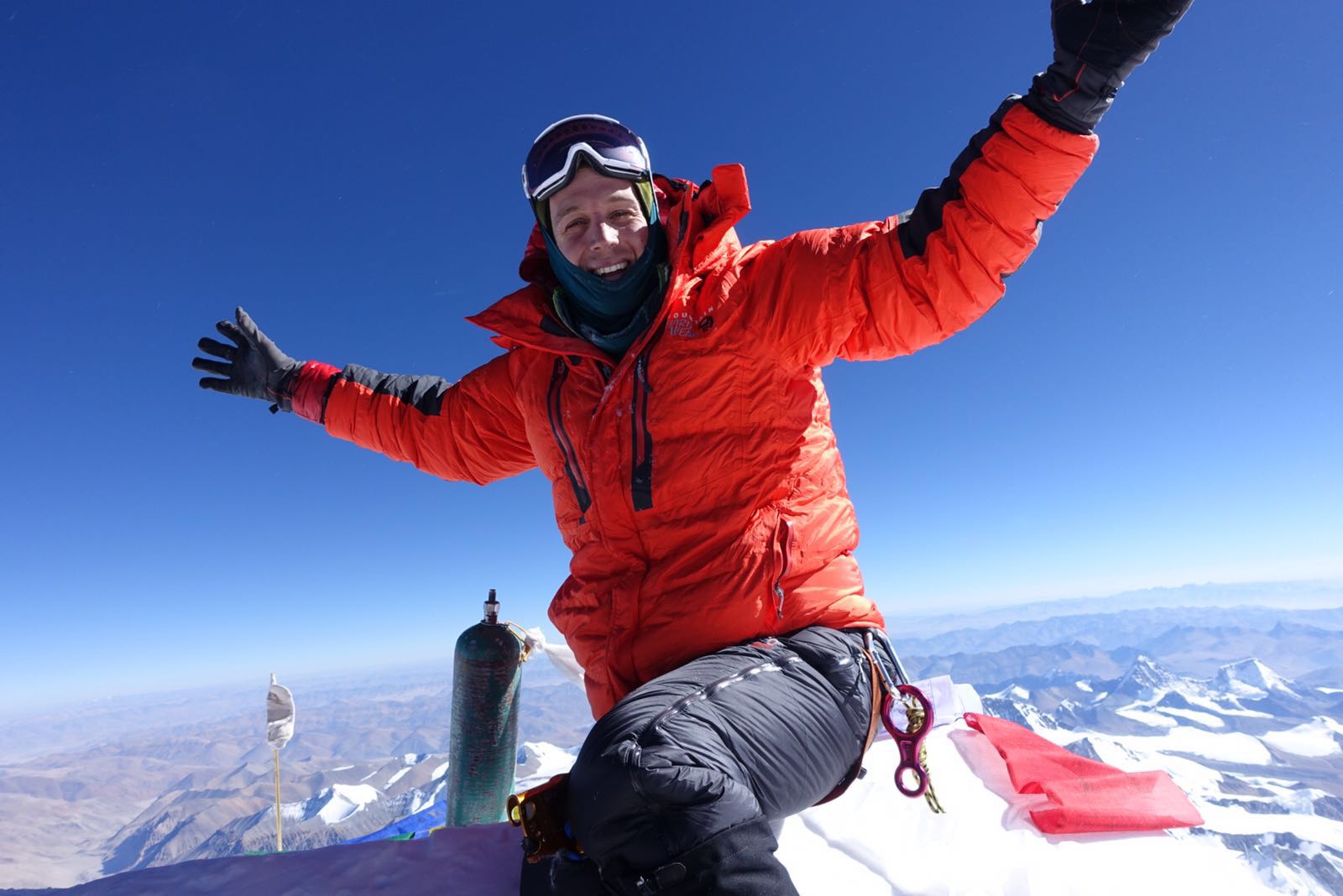
“I got the idea from asking myself ‘how am I going to prove to myself that I can recover from this?’” He and his mother began researching triathlons and eventually he was healthy enough to be relocated to the Legacy Emanuel Medical Center in Portland. The doctors there continued his physical therapy, and eventually he regained movement in his legs and could walk again. He moved to Chicago, where his mother’s family is from, became a commodities trader, and began training for the Chicago Triathlon, a relatively moderate course because of the flat terrain. He thought it would be a good place to start. Eighteen months later, he entered in the amateur division, and won. He quit his job at the financial firm in 2009 (the last desk job he’s had), and devoted himself full-time to being a professional athlete.
He’s the first to admit the contradiction between the horror of the injury and the motivation that was born of it. “The birthplace of my career was in a bed in Thailand being told I may never walk again. That experience really did double down my resolve and mental toughness. I directly attribute where I am now to that moment,” he says. (He’s also the first to acknowledge the disparate relative lucrativeness between being a commodities trader and a professional endurance athlete.)
“It certainly has taught me in a very tangible way that our bodies are incredible things, that when your body and mind are in sync and driven, we can do some pretty incredible things. You know, not only recover but survive after such a bad injury.”

That idea of the incredible feats the human body is capable of is the driving force behind his own personal ethos, and what he hopes to instill on the children who watched him climb the mountains and to whom he will speak about it this fall.
He’ll tell them how when he solo climbed Aconcagua, even though it was his first time on the mountain. At that point in his life, at almost 23,000 feet, it was the highest summit he’d ever climbed. He’ll tell them how Mount Everest is over 6,000 feet taller.
He’ll tell them about how on Mount Elbrus, one of the three people he was climbing with accidentally took the group’s only rope back with him. So he climbed it without one. He’ll tell them how he fell waste-deep into a crevasse shortly afterwards.
He’ll tell them that in the two years prior to summiting Everest, not one person had done so. He might mention that on the same day he summited, May 19, two other climbers died on the mountain.
Of course, as in any endeavor where the natural world is involved, he’ll also tell them of the combination of risk-taking and chance.
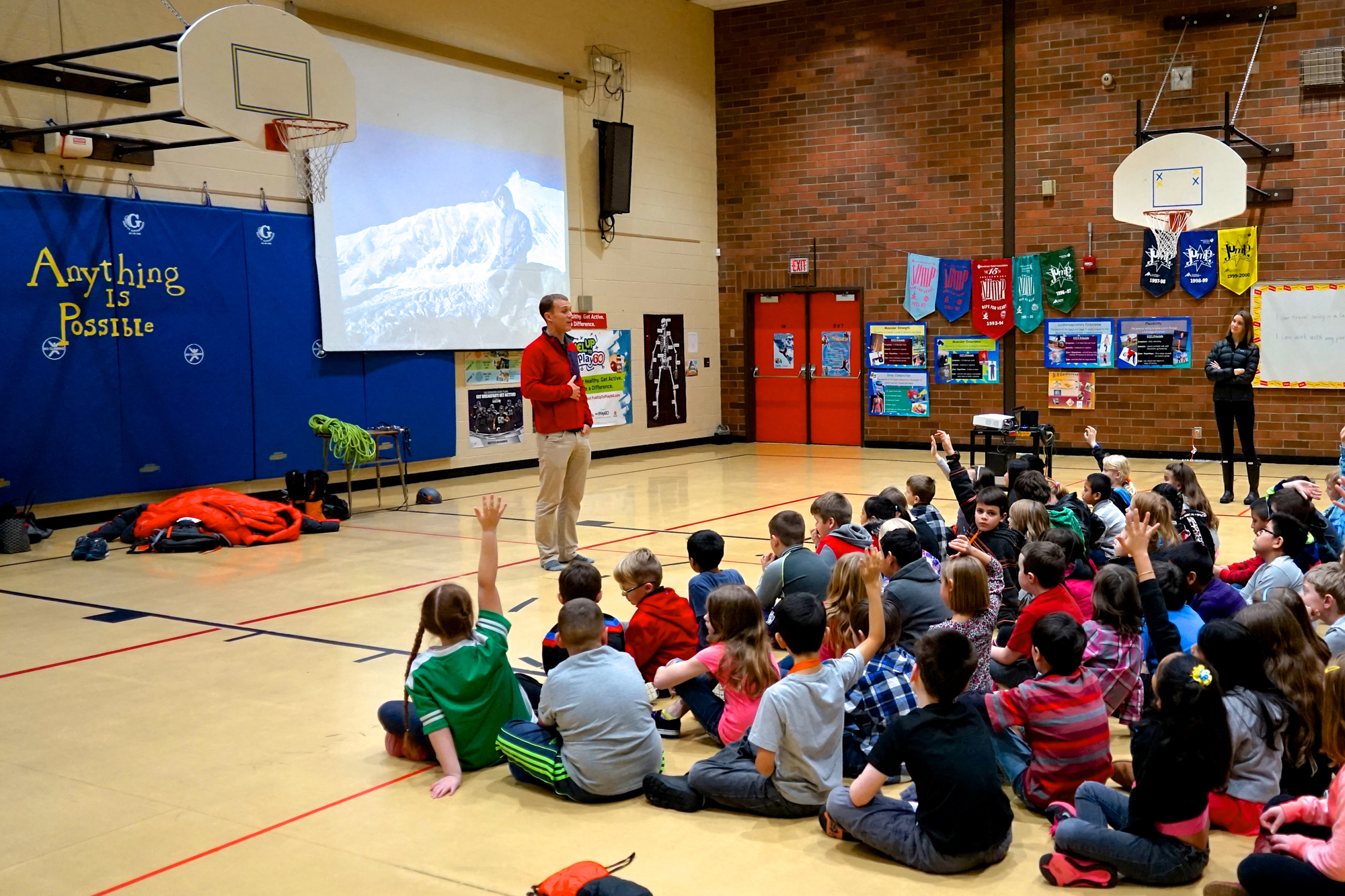
“There’s no doubt I pushed through some adverse conditions to make this happen, taking on more risk than I would have had I not been trying for a world record. Certainly the summit day on Denali,” he says.
“That said, like, there are times and places where the mountain is just shut down – no matter if it’s your one dying last wish, you’re not getting up there. So to roll the dice on this whole project and know that Everest is the eighth of the nine and that no one’s climbed it in the last two years is a massive risk.”
His mother Eileen has another phrase for it – the luck of the Irish. When I spoke with her in July, she, as well as Colin and Jenna, were just back from a family reunion Independence Day weekend in Chicago with more than 150 family members. On her side, O’Brady comes from the Crowleys of Co. Limerick and the Bradys of Co. Cavan. His great grandfather on her side was a Chicago police officer until killed in the line of duty, leaving nine children in the care of the local parish. (At the reunion, a cousin – Eileen has 49 – literally rolled out the family tree on a 40-foot scroll.) His father’s side were O’Connors who also settled in the Midwest, and when he was born, his parents combined their surnames to form O’Brady.
“We always say he has the luck of the Irish,” Eileen told me. “We were praying that the luck of the Irish would stay with him this entire trip.”
Colin, for his part, remains a little more skeptical:
“A couple of times we had bad luck, but we were able to adapt to those situations. And fortunately, even though some of those situations tested us to our limits, they weren’t quite breaking points and we were able to get through.” ♦

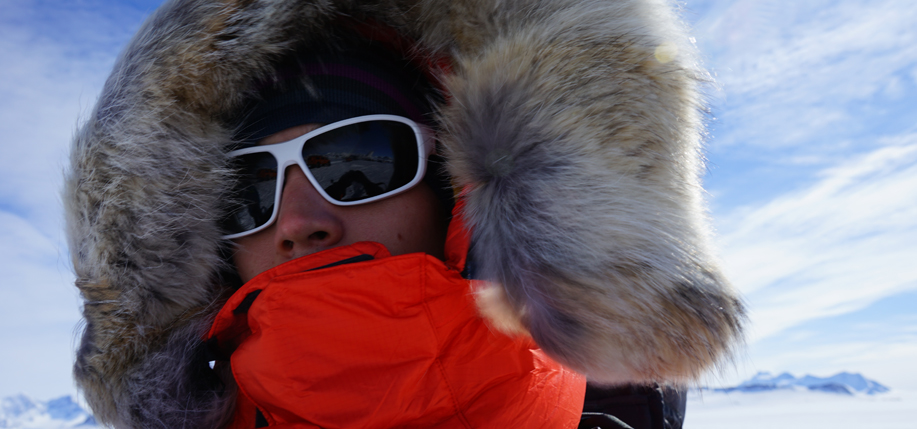
Leave a Reply